Revive Your Tesla: Black Trim Restoration for Enhanced Contrast

Tesla black trim degradation is a common issue affecting aesthetics and structural integrity. Regula…….
In the ever-evolving automotive landscape, where design and technology merge to create modern masterpieces, one aspect stands out as a defining feature of premium vehicles: Tesla black trim restoration. This intricate process involves the meticulous rehabilitation and enhancement of the exterior and interior components of Tesla vehicles, focusing on their iconic black trim elements. The art of Tesla black trim restoration has captured the attention of automotive enthusiasts, engineers, and restorers worldwide, driving a new wave of innovation in the industry.
This comprehensive article aims to take readers on a journey through the world of Tesla black trim restoration, exploring its historical roots, global impact, technological innovations, regulatory frameworks, and the challenges it faces. By delving into these aspects, we will uncover the significance of this restoration practice and its role in shaping the future of automotive aesthetics.
Definition: Tesla black trim restoration refers to a specialized process aimed at revitalizing and enhancing the black trim found on Tesla vehicles, both new and vintage. This includes components such as door handles, window frames, mirror covers, and various other exterior and interior elements characterized by their sleek, matte black finish.
Core Components: The key elements involved in Tesla black trim restoration are:
Trim Pieces: These are the physical components that make up the black trim on a Tesla vehicle. They can be made from various materials like plastic, metal, or composite materials, each requiring specific restoration techniques.
Finish and Paint: The distinctive matte black finish is achieved through specialized paint applications, often involving electrostatic painting for even coverage. Over time, this finish may fade, chip, or become discolored, necessitating restoration.
Adhesives and Sealants: Restoring the trim involves reapplication of adhesives and sealants to secure loose pieces and prevent moisture intrusion, ensuring longevity.
Historical Context: Tesla, as a pioneer in electric vehicle (EV) technology, has always placed an emphasis on design and aesthetics. The brand’s signature black trim was introduced early in its model lineups, becoming a distinctive feature that sets Tesla vehicles apart from their conventional counterparts. As Tesla’s popularity grew, so did the demand for high-quality restoration services to maintain this unique aesthetic.
Significance: Tesla black trim restoration holds immense importance for several reasons:
Brand Identity: The distinct black trim is a visual signature of Tesla vehicles, contributing to brand recognition and customer loyalty. Restoring this element ensures that Tesla maintains its iconic look.
Vehicle Resale Value: Well-restored Tesla vehicles, with their pristine black trim, can command premium prices in the secondary market, showcasing the value of proper restoration practices.
Customer Satisfaction: For Tesla owners, maintaining the original aesthetic appeal of their vehicles is crucial for overall satisfaction. Restoring the black trim addresses this desire.
Tesla black trim restoration has transcended geographical boundaries, becoming a global phenomenon that influences automotive trends worldwide. Here’s an overview:
| Region | Impact and Trends |
|---|---|
| North America | The US and Canada have seen a surge in Tesla ownership, driving the demand for specialized restoration services. Restorers are adopting advanced techniques to meet the high standards of Tesla owners. |
| Europe | European countries like Germany and the UK have a rich automotive restoration culture. Tesla black trim restoration has gained traction here, with restorers blending traditional craftsmanship with modern technology. |
| Asia Pacific | Countries such as Japan and South Korea have a deep appreciation for detail and precision. Tesla black trim restoration services are gaining popularity, offering unique local twists on global standards. |
| Emerging Markets | Restoring Tesla vehicles in emerging markets like Brazil and India is becoming more common as these regions embrace EV technology. Local restorers are adapting global practices to suit their specific needs. |
The global impact of Tesla black trim restoration can be attributed to several factors:
Tesla’s Global Presence: As Tesla expands globally, its vehicles become increasingly visible, sparking interest in restoration services worldwide.
Online Communities: Enthusiast forums and social media groups have played a significant role in sharing knowledge and techniques for Tesla restoration, fostering global connections.
Cross-Pollination of Ideas: Restorers from different regions collaborate, share best practices, and innovate, leading to the exchange of ideas and technologies.
The economic aspects of Tesla black trim restoration are multifaceted, impacting both the automotive industry and the broader economy:
Tesla black trim restoration is a testament to the fusion of traditional craftsmanship and cutting-edge technology:
3D Printing: 3D printing technology has revolutionized trim restoration by allowing for the creation of custom parts. Restorers can reproduce intricate designs with precision, offering a cost-effective solution for rare or hard-to-find trim pieces.
Advanced Paint Techniques: Electrostatic painting and automated spray systems ensure consistent, high-quality finishes, replicating Tesla’s original matte black aesthetic.
Digital Imaging and Design: Restorers use digital imaging to analyze and document trim components, facilitating precise restoration work. Computer-aided design (CAD) software enables the creation of detailed restoration plans.
Automated Trim Restoration Machines: Specialized machines have been developed for tasks like debadging (removing trim pieces for repair) and reapplication of adhesives, increasing efficiency and accuracy.
The regulatory landscape surrounding Tesla black trim restoration varies across jurisdictions but generally aims to ensure safety, environmental protection, and consumer rights:
Vehicle Safety Standards: Restorers must adhere to local vehicle safety regulations, especially regarding the structural integrity of restored vehicles. Proper restoration practices ensure that trim components do not compromise safety features.
Environmental Regulations: The use of certain adhesives, paints, and solvents is subject to environmental guidelines to minimize pollution and promote sustainable practices in restoration.
Consumer Protection: Laws protect consumers from fraudulent restoration claims and guarantee the quality of services. Licensure and certification programs ensure that restorers meet specific standards.
Intellectual Property: Tesla may have intellectual property rights over certain design elements, which restorers must respect to avoid legal issues.
Despite its success, Tesla black trim restoration faces several challenges:
Authenticity Concerns: One of the primary criticisms is the potential for restored vehicles to look different from their original factory finish. Achieving an authentic, seamless appearance remains a constant challenge.
Cost and Accessibility: Restoring Tesla vehicles can be expensive due to specialized equipment, materials, and labor requirements. This may limit accessibility for budget-conscious owners.
Supply Chain Issues: The demand for certain trim parts, especially for older Tesla models, can lead to long lead times or limited availability, hindering restoration projects.
Strategic Solutions: To address these challenges:
Challenge: Restore a 2016 Tesla Model S with significant paint damage and faded black trim, returning it to its original condition while maintaining its premium appeal.
Solution:
Trim Disassembly: The damaged trim pieces were carefully disassembled, cleaned, and assessed for repair or replacement.
Paint Preparation: The vehicle was thoroughly cleaned, and the damaged areas were prepared using specialized chemicals to ensure a clean surface for painting.
3D Printing and Repairs: Custom trim parts were 3D printed to replace missing or broken components, ensuring a precise fit.
Electrostatic Painting: The car underwent electrostatic painting with a high-quality matte black finish, matching the original factory specifications.
Sealing and Protection: A protective sealant was applied to enhance durability and prevent future damage.
Outcome: The restored Model S was virtually indistinguishable from a new vehicle, showcasing the capabilities of modern restoration techniques.
A young Tesla owner noticed fading and chipping on their Model 3’s black trim after several years of ownership. They decided to restore the car themselves, documenting the process online.
Preparation: The owner began by researching restoration techniques and gathering necessary tools and materials, including specialized adhesives, primers, and paints.
Trim Removal: They carefully removed the damaged trim pieces, taking note of their original positions and any unique features.
Repair and Refinishing: Using a combination of hand tools and 3D-printed parts for complex repairs, the owner restored the trim to its former glory. The process involved careful sanding, priming, and painting to match Tesla’s signature black.
Reinstallation: Once satisfied with the restoration, they reinstalled the trim pieces, ensuring a tight seal and secure attachment.
Lessons Learned: This case study highlights the accessibility of restoration resources and the potential for DIY enthusiasts to achieve high-quality results. It also emphasizes the importance of proper preparation and attention to detail in achieving a successful outcome.
The future of Tesla black trim restoration is brimming with opportunities and emerging trends:
Sustainable Practices: The industry will continue to focus on eco-friendly materials, adhesives, and painting techniques to minimize environmental impact.
Digital Integration: Advanced digital technologies like AR (augmented reality) for design and visualization, and VR (virtual reality) for training, will play a larger role in restoration processes.
Personalization: Tesla owners will have more options for customizing their vehicles’ appearances through unique trim designs, finishes, and accent colors.
Global Standardization: As Tesla expands globally, restorers may adopt standardized restoration protocols to ensure consistent quality across regions.
Tesla black trim restoration has evolved from a niche practice to a significant aspect of the automotive industry, shaping the way we perceive and care for our vehicles. This comprehensive exploration has revealed the intricate details, global impact, and future prospects of this specialized field.
By embracing technological advancements, adhering to regulatory frameworks, and addressing challenges head-on, Tesla black trim restoration will continue to enhance the aesthetic appeal of Tesla vehicles worldwide. As the industry evolves, restorers and enthusiasts alike will play a pivotal role in defining the future of automotive aesthetics.
Q: How often should I get my Tesla’s black trim restored?
A: The frequency depends on various factors, including driving conditions, environmental exposure, and maintenance practices. As a general guideline, consider restoration every 2-3 years or when significant changes in the trim’s appearance are noticed.
Q: Can I restore my Tesla myself?
A: Yes, many Tesla owners choose to restore their vehicles themselves. Online resources, DIY kits, and detailed guides are readily available. However, complex repairs or specific technical skills may require professional assistance.
Q: What are the common signs that my Tesla’s black trim needs restoration?
A: Fading, chipping, peeling, or uneven finishes are indicators of worn-out black trim. Also, loose or missing trim pieces, rust (in older models), and visible moisture damage require attention through restoration.
Q: Are there any special considerations for restoring vintage Tesla vehicles?
A: Vintage Teslas may have unique challenges due to their age. Restorers should focus on locating authentic replacement parts, understanding the original construction methods, and employing careful techniques to preserve historical accuracy.
Q: How can I ensure my restored Tesla looks factory-like?
A: Achieving a factory-like appearance requires meticulous attention to detail. Use high-quality materials, match colors precisely, and consider using advanced painting techniques like electrostatic spraying. Regular maintenance and protection with suitable coatings also help maintain the finish.

Tesla black trim degradation is a common issue affecting aesthetics and structural integrity. Regula…….
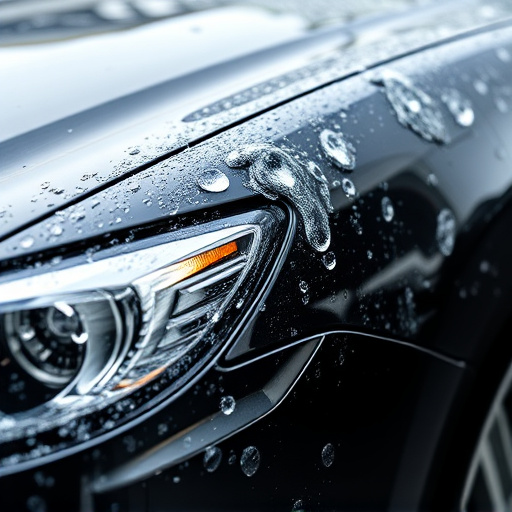
Tesla black trim restoration demands specialized care due to its intricate design and durable materi…….
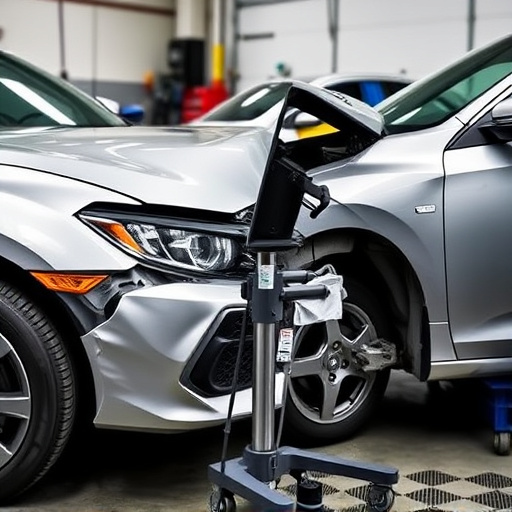
Tesla black trim restoration is crucial to protect against environmental damage and maintain factory…….
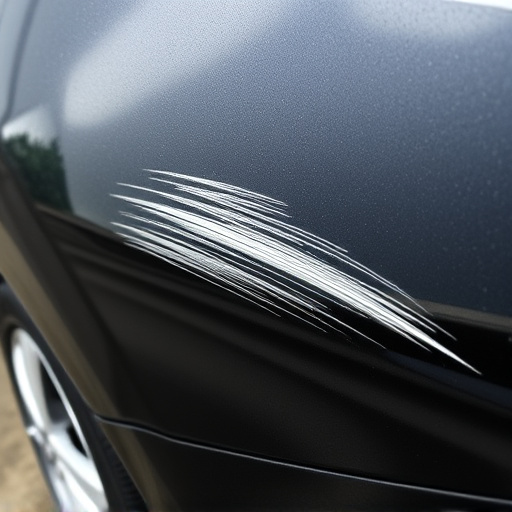
Tesla black trim degradation due to UV radiation, harsh weather, and dirt is common. Regular mainten…….
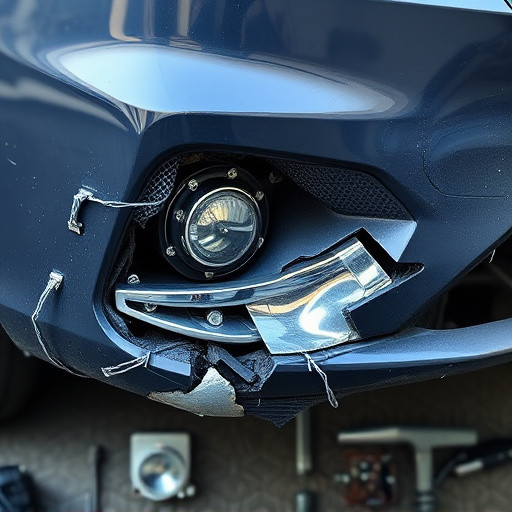
Tesla black trim degradation, caused by environmental factors, impacts aesthetics and value. Restora…….

Tesla black trim deteriorates over time due to environmental factors and use, losing its glossy fini…….

Tesla black trim restoration requires proactive maintenance to prevent fading, cracking, and flaking…….
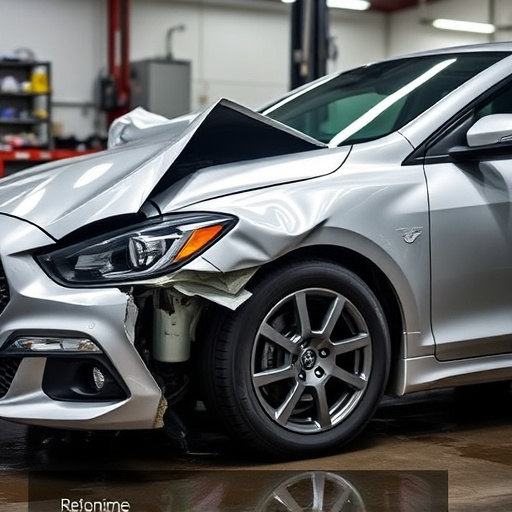
Tesla black trim degradation, caused by weather, UV rays, and oxidation, can diminish aesthetics and…….
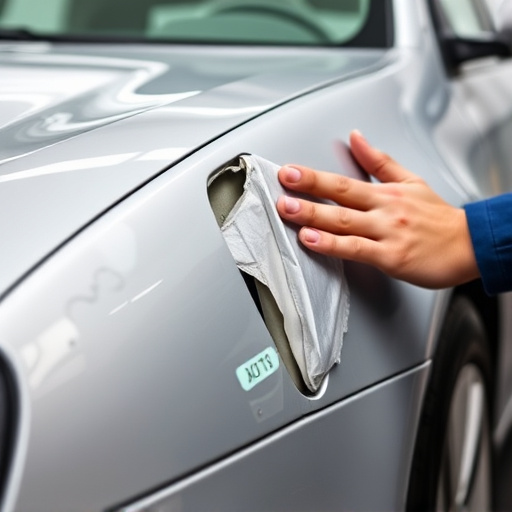
Tesla black trim restoration requires specialized applicator pads to prevent scratches and damage fr…….
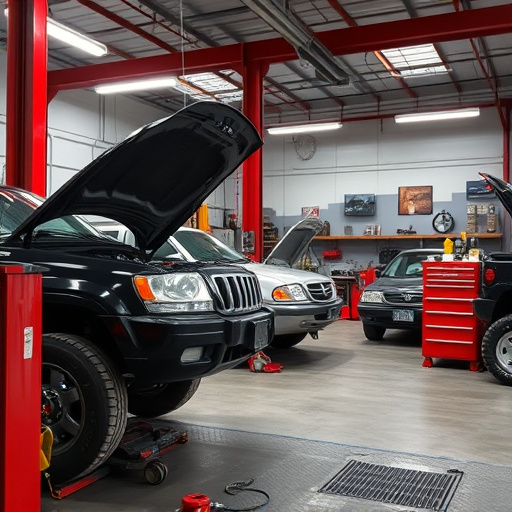
Tesla black trim restoration revitalizes vehicle aesthetics, addressing environmental wear and tear……..